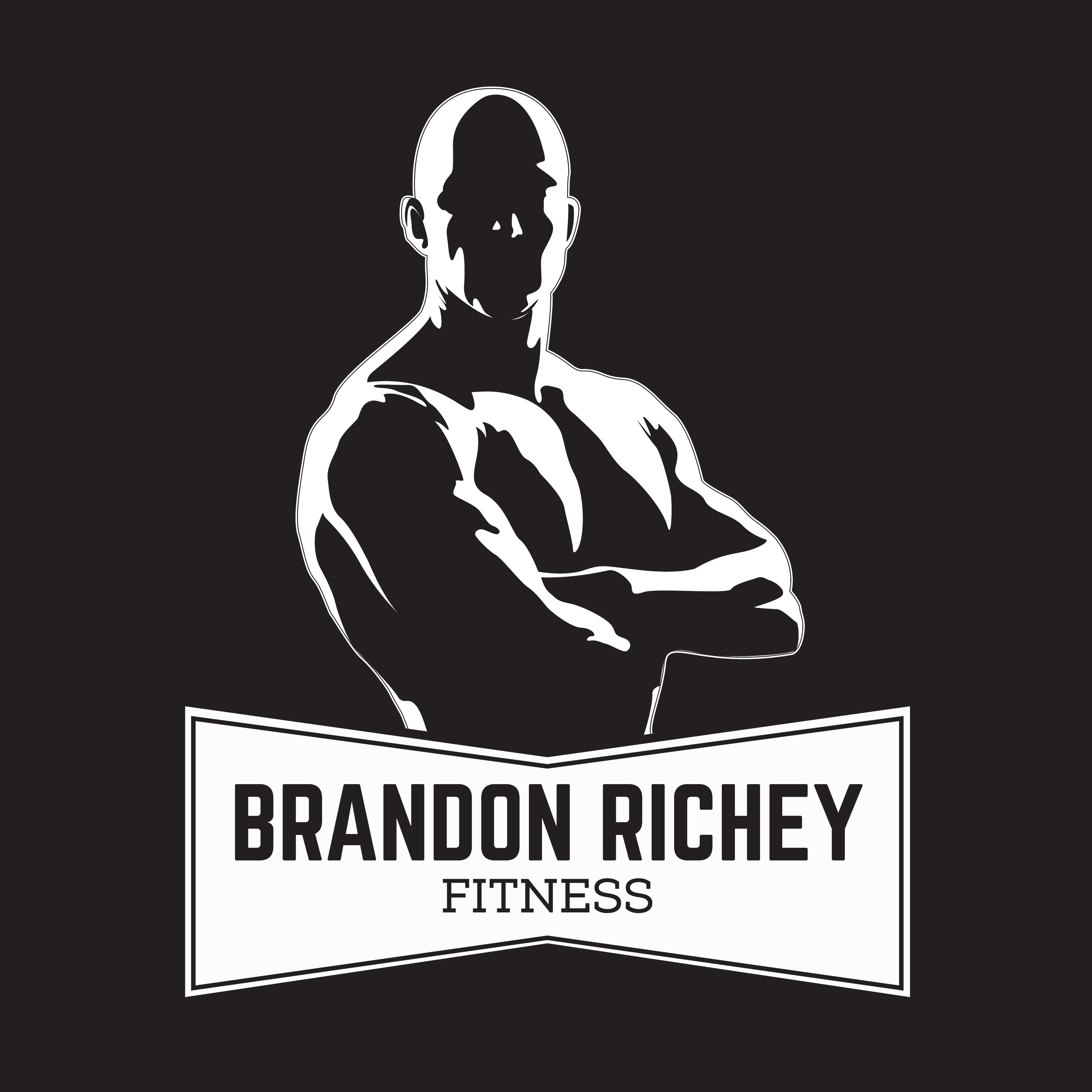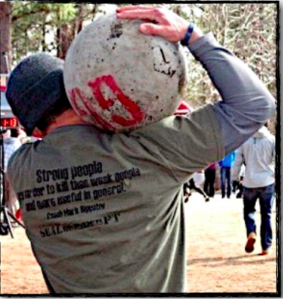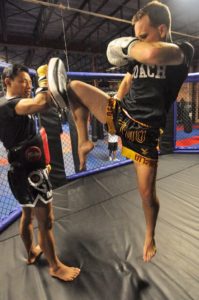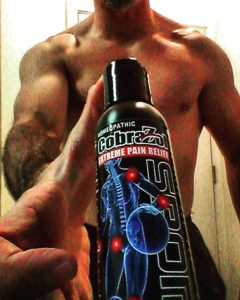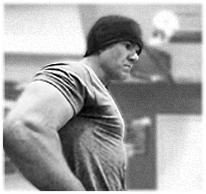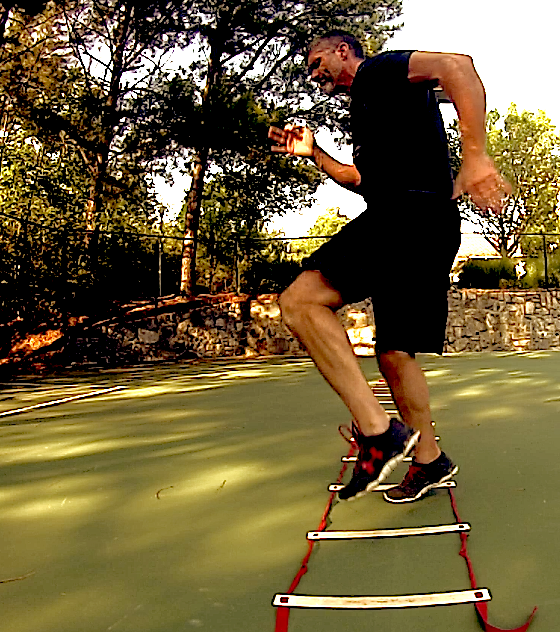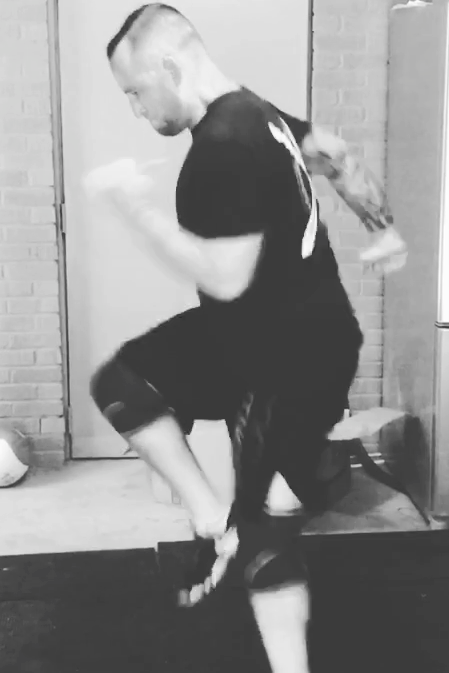
3 Ways to Develop Functional Speed For Optimal Athleticism
- Are you an athlete looking to develop functional speed for your sport or competitive event?
- Are you interested in learning a new way to condition your body for your HIIT workouts?
- Are you looking to build speed while also learning how to build an athletic body?
- Are you interested in enhancing your reaction time and coordination?
Are you looking to build functional speed? Functional speed in the context of this article is a fancy way of saying running fast with precision and confidence. We all have wanted to be fast a one time or another and that mindset has certainly not changed in today’s competing athletes. I have spent my entire career working with athletes at all levels of competition to enhance their athleticism and functional speed development. The two main things that most all of these athletes have in common is that they want to be strong and they want to be fast!
Functional Speed For Athleticism
The first and most basic variable in building speed is making sure that your running mechanics are sound. Too many athletes have poor running technique and usually end up wasting a lot of motion when they are trying to develop speed. Keep in mind that the fastest distance between two points is a straight line.
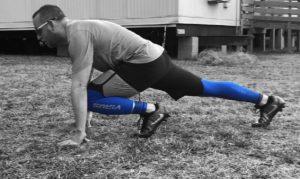 The mistake that athletes often make when sprinting is that they have improper arm and foot placement which causes them to shift from side to side when accelerating into a sprint. Are you guilty of this? If you’re not sure take a video of your sprinting filming yourself from the front as you approach the camera.
The mistake that athletes often make when sprinting is that they have improper arm and foot placement which causes them to shift from side to side when accelerating into a sprint. Are you guilty of this? If you’re not sure take a video of your sprinting filming yourself from the front as you approach the camera.
This way when you play it back you can see if you’re in violation of maintaining a straight forward path, or if your arms and legs are shifting left to right across the midline of your body. This is the first and most basic principle in building speed and can be quickly improved with a few technical adjustments.
First, to help you with this keep these 6 rules of sprinting in mind when you go out to perform your sprints on your conditioning days. The first three rules apply to the upper body and the last three rules apply to your lower body.
Upper Body Rules:
- Keep your elbows locked at 90 degrees.
- Move your hands from your hips/pockets to your chin.
- Drive your elbows back behind you as if you’re trying to elbow someone behind you.
Lower Body Rules:
- Lift your knees up by pulling your knees towards your stomach upon acceleration.
- Make sure your foot strikes the ground directly in line beneath your hip when accelerating.
- Finally, always sprint on the balls of your feet. Never sprint flat footed. If I can hear you coming then you’re too slow.
The next step in helping you to develop functional speed is by loading you in order to create resistance for resisted speed training. This can be done several different ways as you can add resistance in a number of ways ranging from the use of a bungee chord device, a weighted vest, or even a resistance rope.
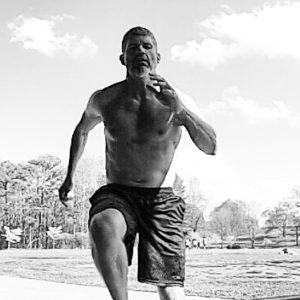 This resistance will add additional stress to your body causing your muscles to adapt and contract more forcefully due to being trained with the added load. This should only be applied once you become proficient in sprinting without a load and already possess a respectable level of total body strength to handle the additional load stress with speed. If adding the load slows you too much so that you’re performing so-called speed drills too slowly then you’re not speed training. If you’re too slow you have transitioned back to strength training.
This resistance will add additional stress to your body causing your muscles to adapt and contract more forcefully due to being trained with the added load. This should only be applied once you become proficient in sprinting without a load and already possess a respectable level of total body strength to handle the additional load stress with speed. If adding the load slows you too much so that you’re performing so-called speed drills too slowly then you’re not speed training. If you’re too slow you have transitioned back to strength training.
Finally, the last method I want to discuss for helping you to develop functional speed is with the use of assisted speed training. Some examples of this can include running with the assistance of a bungee chord device, an over-stride trainer device, or by running on a slight down hill slope.
This method will cause you to run at a faster pace than you are capable of sprinting on your own. By doing this you will be capable of taking longer strides and increasing your stride tempo for some serious functional speed performance. This in turn stimulates your nervous system causing your muscles to adapt and contract in a rapid firing succession.
Functional Speed: The Takeaway
These three steps should be carefully studied before you attempt them. I will say that these examples are pretty basic in nature, but that with proper instruction and application your functional speed will drastically improve!
Are you currently implementing functional speed training on your own?
What speed training drills to you currently use in your training?
Please post up in the comment section here below.
Also if you want to learn how to tie these together then make sure you check out my brand new 120 Day Functional Fitness Training Program right here below! I guarantee it’ll get you into the best shape of your life, or I’ll give you your money back no questions asked.
CLICK HERE TO ORDER MY 120 DAY PLAN TO POWERFUL FUNCTIONAL FITNESS!!!
It’s changing lives already!
Click On Image Here
5 Simple Ways To Measure Your Functional Fitness
3 Functional Strength Drills For Fitness And Performance
4 Guaranteed Ways To Get A Functionally Strong Body
5 Unique Strength Drills To Enhance MMA Performance And Serious Fitness
3 Steps To Build Your Turkish Get Up For MMA
3 Push Up Variations To Give You Knock Out Punching Power For MMA And Combat
Click on all images below…
If you’re looking to enhance your fitness for MMA and martial arts then make sure to check out my
90 Day MMA Strength And Conditioning Program Here.
Get ONNIT kettlebells here: (Click On Image)
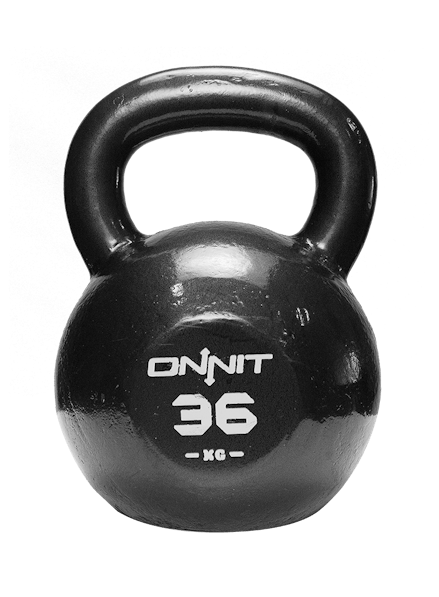
For the absolute best solution for chronic and acute severe muscle and joint pain make sure to get your bottle of CobraZol Sport. It’s the absolute best product on the market and it’s been scientifically proven to alleviate muscle and joint pain having two double blind placebo studies done here in the U.S. being one of the only…if not the only topical pain reliever to have this kind of science behind hit.
Click On Image Here
